FOBIF has received an answer from DELWP fire management to our questions about proposed burns in the Diggings Park in the areas of Helge and Wewak tracks.
Readers will remember we asked what lessons the Department had learned from its past efforts in this area, and how the future exercises would be handled differently. Here’s the answer:
‘I am confident in saying that we have learnt a lot from continually reviewing our practices and reflecting on what went well and what didn’t. You have identified 2 burns where aspects of the delivery was not as desired. There are learnings from every burn that are considered and adopted accordingly.
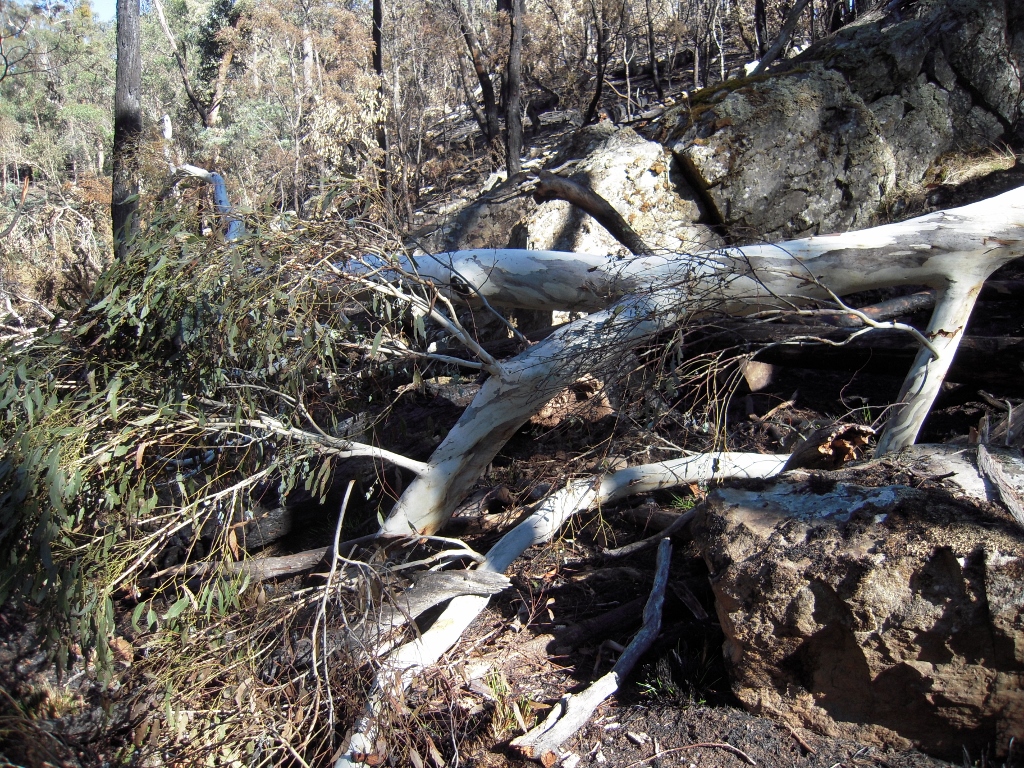
Large Candlebark brought down by indiscriminate DELWP’ ecological burn’, Tarilta valley 2012. FOBIF is concerned that the proposed burns could bring a similar result.
‘Along with engagement, rehabilitation is now a significant consideration in the planning of the burn. The Murray Goldfields now requires the Planned Burn Operations Officer (the officer in charge on the fireground on the day) to complete for every burn a;
- ‘Post Burn Rehabilitation Check list (evening of burn day or the next day). This information is used to develop works plans for crews to carry out the required rehabilitation addressing issues such as signage, track rehabilitation and catchment protection measures.
- ‘Post Burn Severity and Coverage document, capturing the coverage of the fire within the unit and its intensity.
‘We seriously review and consider our ignition options and plans. This is very much influenced by the fuels, the desired outcome and our crew safety. Seasonality is also consideration. Conditions as they present at the moment, find gullies still green after summer rains and therefore presents as a good opportunity to treat a burn without impacting significantly on gully lines. We have also observed that lower intensity burns seem to not generate as much fuel and accumulate fuels slower than burns that are generally burnt hotter. In addition, lower intensity burns generally maintain the Overall Fuel Hazard (OFH) levels under triggers for more years than higher intensity burns.
‘Backing this up is that Bureau of Meteorology (BOM) forecasting has improved which allows us to identify burn windows including follow weather and rain events with more certainty. During burning periods, the state establishes ongoing liaison with the BOM for weather forecasting including daily weather teleconferences and one on one liaison with Meteorologist.
‘I would like to reiterate that our staff both within the office and in the field are encouraged to reflect on their practice and provide feedback. This then informs our thinking and in some cases requires adjustments to our methodology. We pride ourselves in being dynamic and adaptive. I think you would agree that our approach to burning now is considerably different to how it was in the past.’
This letter is too vague to satisfy provide a convincing answer to our questions. In particular we don’t get an answer to this question:
‘What were the conclusions of post fire monitoring after the above two exercises [both as to ecological effects and fuel reduction]?’
Nevertheless, FOBIF is partly reassured by the implied admission here that hot burns actually generate fuel, rather than reducing it. We hope that this means a commitment to more care in the management of these fires.
It is true that managers are more aware of the complexity of their task than they used to be: but are the barbaric days of the past over, when burn methods seemed to be ‘throw in a match and watch it go’? We’re not so sure. For one thing, it never seems to be possible to see the documents referred to above: especially, we’d be interested in seeing the ‘post burn rehabilitation check lists’.


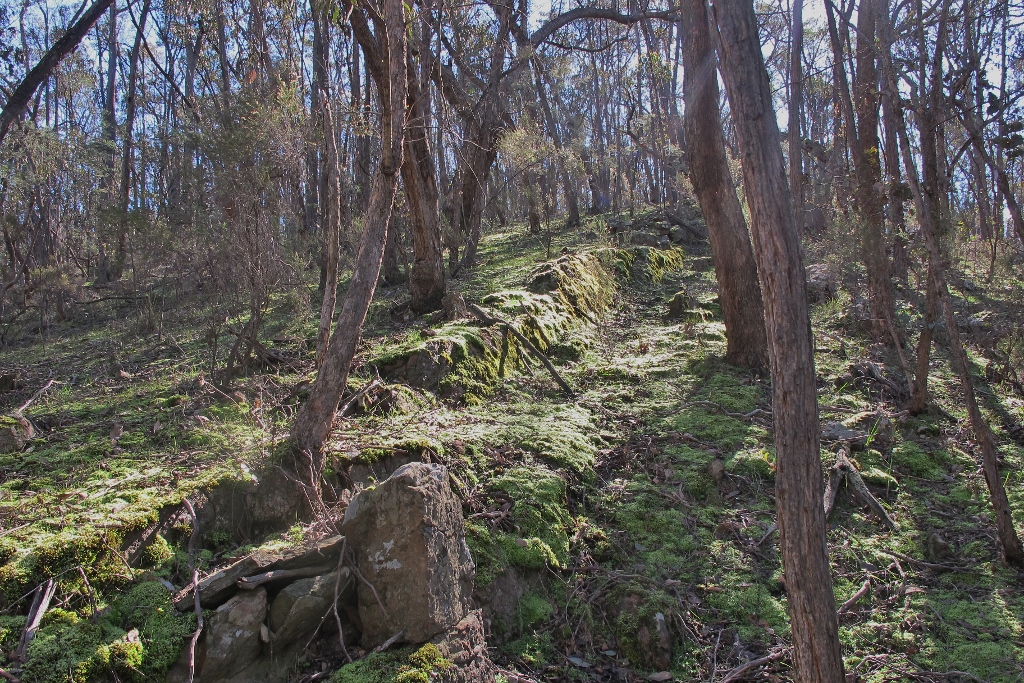
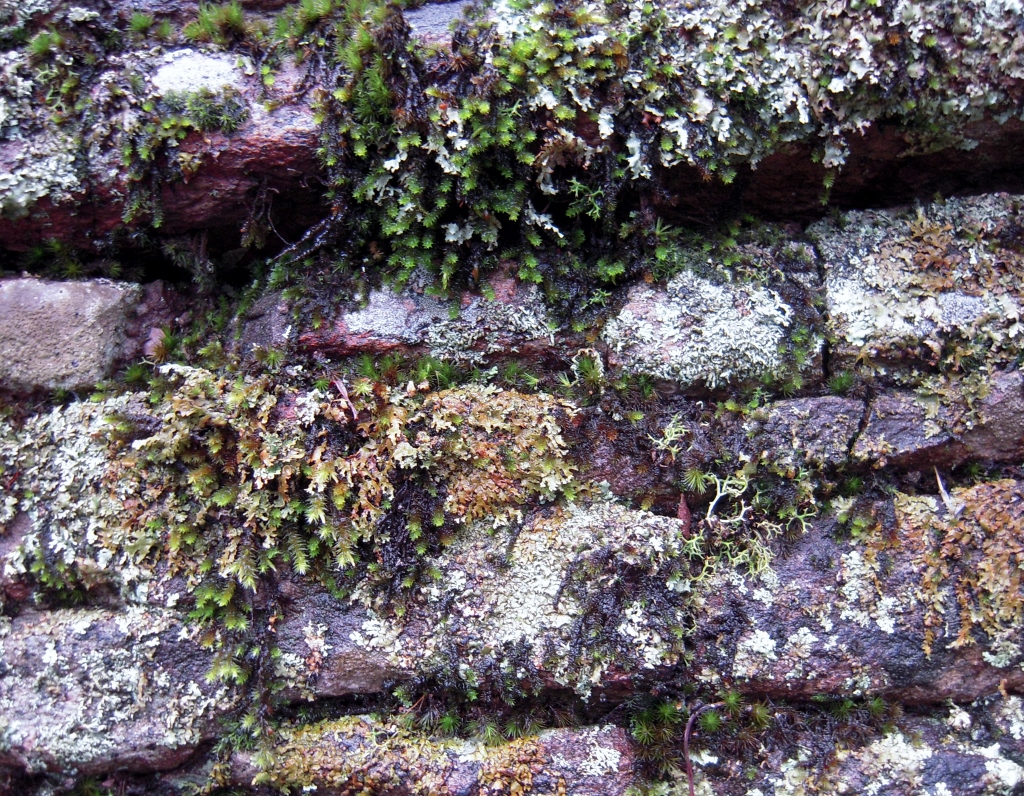
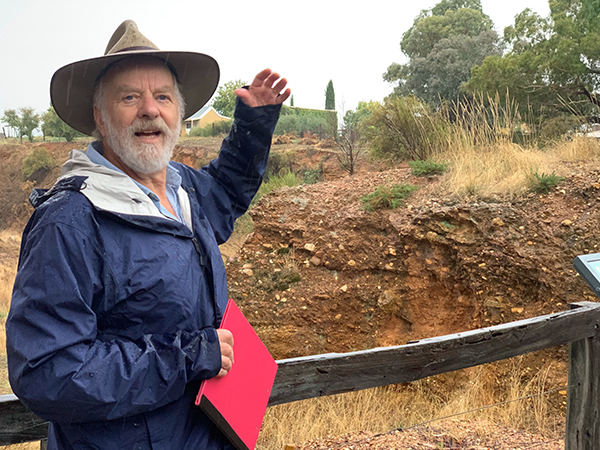
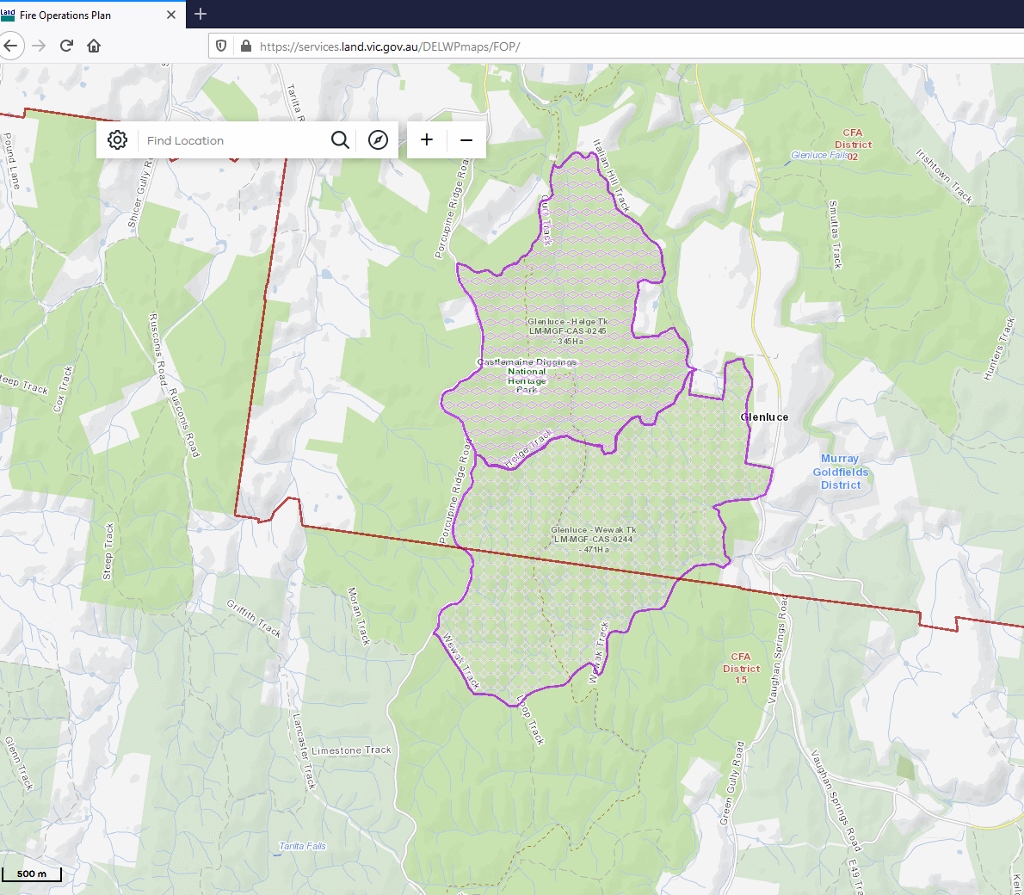
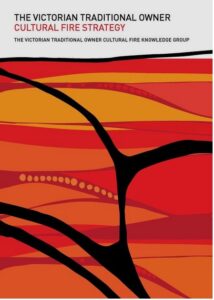



 Click on image for info/order page
Click on image for info/order page Click on image for info/order page
Click on image for info/order page Click on image for info/order page
Click on image for info/order page




















